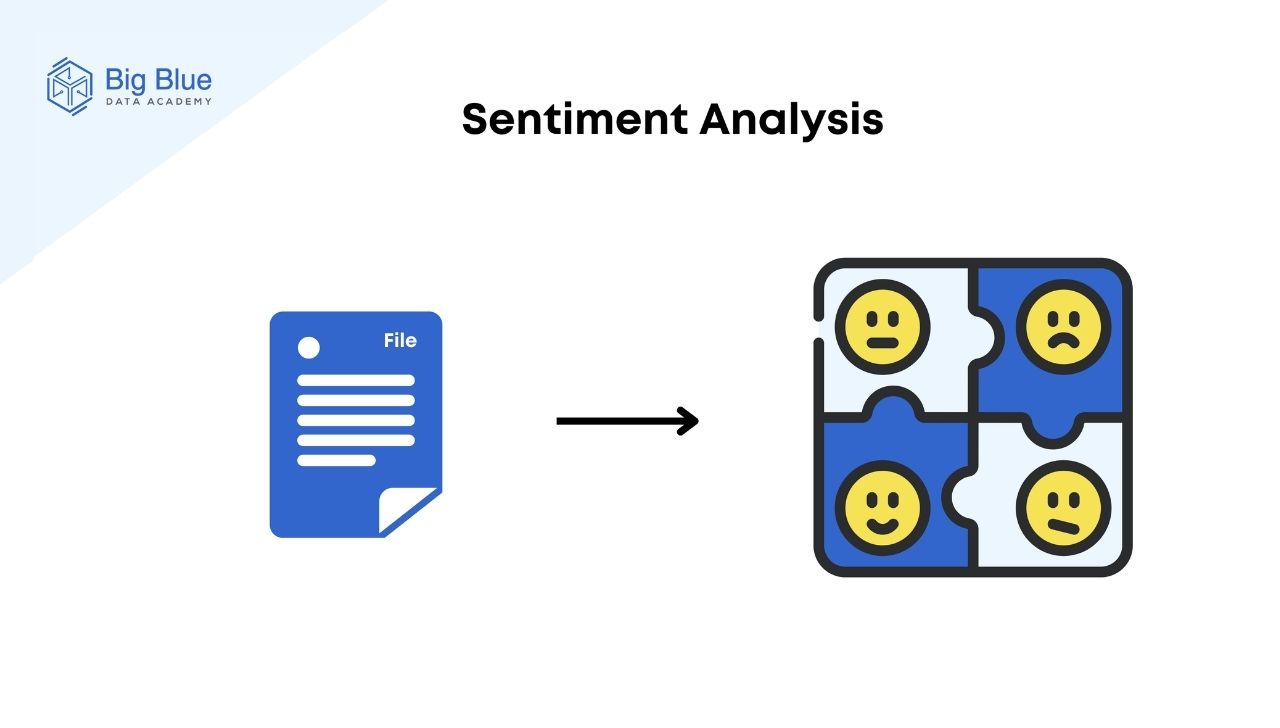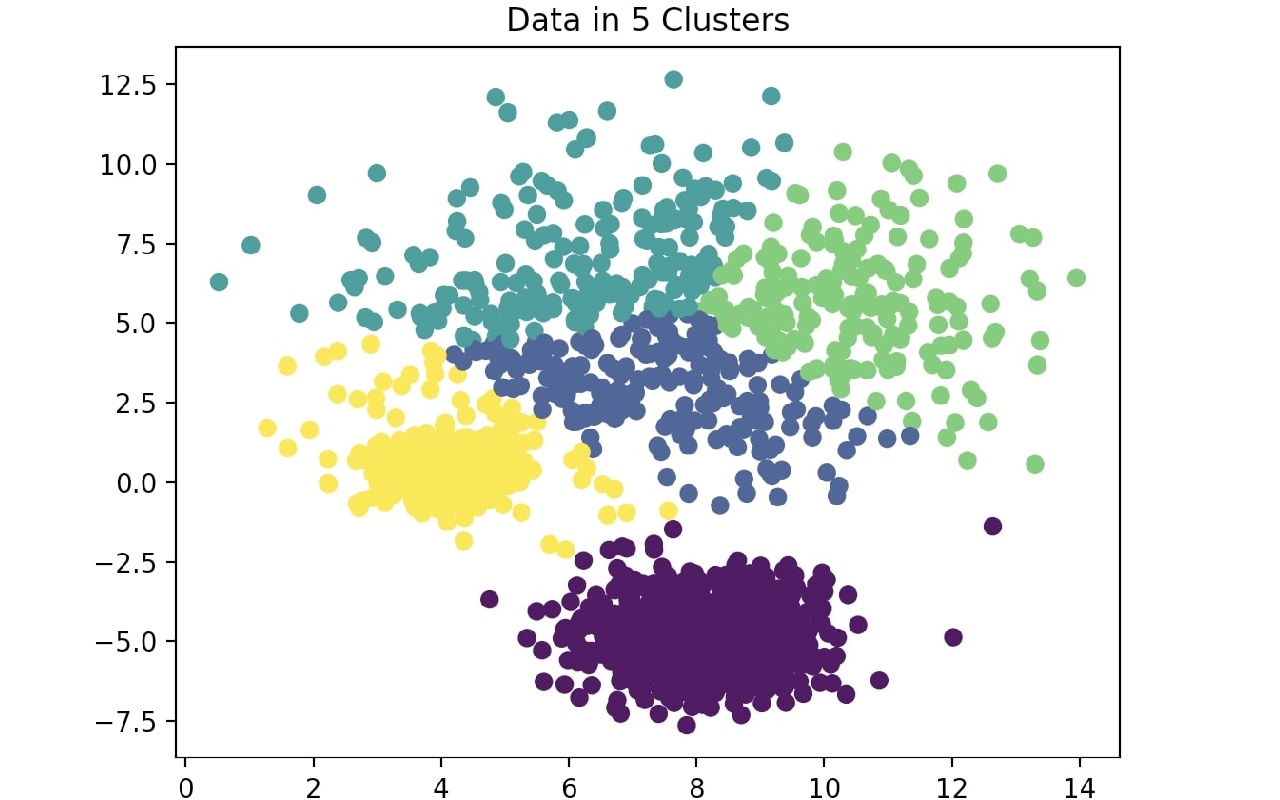What is Machine Learning? 2023 Beginner's Guide
Our ability to learn and become better at everyday activities through experience is a basic characteristic of our human nature.
When we are born we don't really know how to do things, but day by day we learn more and more both on our own and with the help of others.
Something similar happens with machines - or computers in simpler terms - which collect enough data and information to be able to draw conclusions on their own. This is the main meaning of Machine Learning.
In this article we will see:
What is Machine Learning?
Machine Learning is a part of Artificial Intelligence, based on the idea that computers/machines can learn from the data they collect in order to recognize patterns and make their own decisions.
All this with little or no human intervention.
In other words, engineering algorithms are "trained" through situations and examples, where they learn and analyze data in order to make predictions about the future.
Interesting, isn't it?
Although we will see detailed examples later in the article, it is worth mentioning one briefly to make Machine Learning fully understandable.
You may have heard of something called Sentiment Analysis. It's about identifying the emotional tone behind words.
When we read a text online it is not always easy to know what emotion is behind it, there are tools that have been trained with data to do the job.

But how does this help?
Sentiment Analysis mainly helps companies understand the intent behind a text, a user's Tweet, and even a video where the machine learns to "read" emotions by analyzing a person's expressions.
Of course, the more data the machine "reads", the more chances it has to be more accurate in its decisions.
Although we could go deeper into this part, it is a good example of Machine Learning.
How Does Machine Learning Work?
With the exponential increase in the amount of data we have nowadays, there is an urgent need for systems that can process this complex data.
This large and complex data is known as Big Data and is usually managed by Machine Learning models such as Deep Learning.
As mentioned earlier, in Machine Learning, the algorithms are fed with various data to analyse it, draw their conclusions and then keep this data to improve and be able to get more and more accurate results every time.
Almost any task can be automated with the help of machines, which is pushing more and more companies to learn what is Machine Learning and transform their processes to be done automatically, faster and more accurately.
After all, data science has become a part of our daily lives that for most companies its adoption is mandatory.
It is now worth mentioning the 2 main machine learning methods :
1) Supervised Learning
The first method is Supervised Learning.
What does it mean?
The machines are trying to draw conclusions based on past data they have collected. This process is similar to the way humans think. We use past experiences and knowledge to make better decisions in the present or even "predict" a future outcome.
A good example of Supervised Machine Learning is the personalized product recommendations that for example, Amazon suggests to each user, based on the products they have bought or simply viewed in the past.
2) Unsupervised Learning
The first method is Unsupervised Learning.
In this method, the algorithms try to identify various unknown patterns in the data without having labeled data.
For example, this method can be applied when we want to estimate the likely market size for a new product where we do not have enough data.
So, the algorithm will work with as much data as it has to group them into clusters and present them visually (K-Means Clustering).

Source: ml-science.com
Now that we've seen what Machine Learning is and how it works, let's look at some examples to make it easier to understand.
Machine Learning Examples
As mentioned, in this section we'll look at real examples of Machine Learning, some of which you've probably heard of.
Let's start with the first one.
1) Facebook (Meta)
Facebook (or Meta) is a good example of a company using machine learning.
In particular, Facebook has applied artificial intelligence to its infrastructure so that various companies can create chatbots that talk to users on their own.
A user can ask a question and the system will answer it automatically, without human intervention.

Πηγή: futuretravelexperience.com
In the image above you can see a Gatwick Airport chatbot where visitors can ask and get information about their flight, available restaurants, shops and more.
All this has been made possible by the application of machine learning!
Let's move on to the next example.
2) Apple
Apple undoubtedly needs no introduction, as it is one of the world's largest technology companies.
What you may not know is that Apple has applied AI and Machine Learning, particularly in 2 cases.
The first case is Siri. Siri is the digital voice assistant that receives data from us in audio form and performs various commands, such as answering questions or even calling someone.
The second case is face recognition. A technology that recognizes a person by "seeing" their face, after collecting various data on facial features and structure.
Thanks to the development of AI, machine learning, and Deep Learning, face recognition technologies are growing rapidly!
Let's have a look at another example before summarizing.
3) Netflix
The reason Netflix is on this list is similar to the reason we mentioned Amazon earlier, as they do a great job of recommending movies/series to users.
Netflix collects data from what each user watches on the platform to draw conclusions about their preferences and suggest relevant things they are likely to be interested in.
This is an excellent example of a Machine Learning application that you have surely experienced yourself if you use the service.
As you can see, we experience the effects of machine learning daily, even if we don't realize it.
That's what's so impressive about data science that so many companies and professionals are rushing to train in it.
In brief
So we've learned what is Machine Learning, how it works, and some practical examples from our everyday life.
We hope that some of the questions you had in mind have been answered and that you have a better understanding of the applications of this science.
Of course, if you want to delve deeper into it in order to gain a professional advantage in the job market, you can get training on data science through the comprehensive Data Science Bootcamp.
Through this, you will learn all about Machine Learning, Big Data, Deep Learning, and Python, which is one of the most popular programming languages and a vital part of data science.
Apply and get started immediately!


.jpg)